Rare and beautiful set of 8 church hunting dolls in chiseled bronze representing 8 of the 12 apostles (these statuettes decoratively replaced the buttresses of a church, in the great tradition of champlevé enamels dolls made in Limousin workshops in the Middle Age)
Flanders, late 15th or early 16th century
ICONOGRAPHY
Top left to right:
*St. Peter with the key
"For Peter: most often the key (gatekeeper of paradise), but also the boat (symbol of the Church for which he was responsible), the rooster (his denial), the chains (his imprisonment), the inverted cross (his martyrdom) or the triple-crossed cross (papal dignity).
*St. Thomas with the square
"His finger in Christ's wound is often represented, the architect's square (Evangelizer of India, he is said to have built a palace for the king there), the lance (instrument of his martyrdom)."
*St. Andrew with the "square" cross
"Usually the cross (on which he was quartered), and often represented with his feet and hands bound by ropes."
*St. Paul with the sword and the Bible
"His fall from a horse (conversion on the road to Damascus) is often represented. He is also made to carry the book or scroll (The New Law or his epistles), the sword (his beheading)."
Or St. Matthias ?: drawn by lot to replace Judas, this 13th apostle is rarely represented in favor of St. Paul, preferred by many artists. The sword or the axe can be attributed to him (instrument of his torture).
Bottom line, from left to right:
*St Bartholomew with a large knife
"Also called Nathanael, sometimes depicted stripped of his skin or carrying his remains on his arm (his torture), sometimes equipped with a large knife (instrument of torture). "
*St Simon the Zealot with a saw
"Depicted overturning the idols of the Persians then having their throats cut by them, or according to another tradition, cut in two, hence the attribute of a saw. He frequently accompanies Jude Thaddeus, his half-brother."
*St John with the chalice
"Often depicted young and beardless (the youngest of the 12), sometimes accompanied by a cauldron of boiling water (his torture) and a palm (martyrdom), very frequently also in the form of an eagle (The evangelist, theologian and author of the Apocalypse). He is also depicted carrying a chalice from which emerges a serpent's head, in reference to a miracle according to which in Ephesus Aristodemus would have ordered him to drink a poisoned cup (cf. The Golden Legend of Jacques de Voragine, written in the 13th century). John would not have been in any way inconvenienced, while the testers would have succumbed to the poison. The Apostle would then have brought the unfortunate testers back to life. »
*St. James the Great, Pilgrim's costume and cane
« In addition to the pilgrim's shell born with the pilgrimage to Compostela, and the knight's armor in Spain (the saint of the Reconquista), the apostle is also depicted carrying a scroll (The New Law) and sometimes a sword (the weapon of his decapitation) »
Very nice condition, these miniature statuettes, very fine and detailed have all the attribute necessary for identification of the rigth apostle, were formerly mounted on a velvet panel with perfect wear !
Dimensions:
-22 * 22 cm for the panel,
-7 cm height of each figure approximately and 2 cm wide




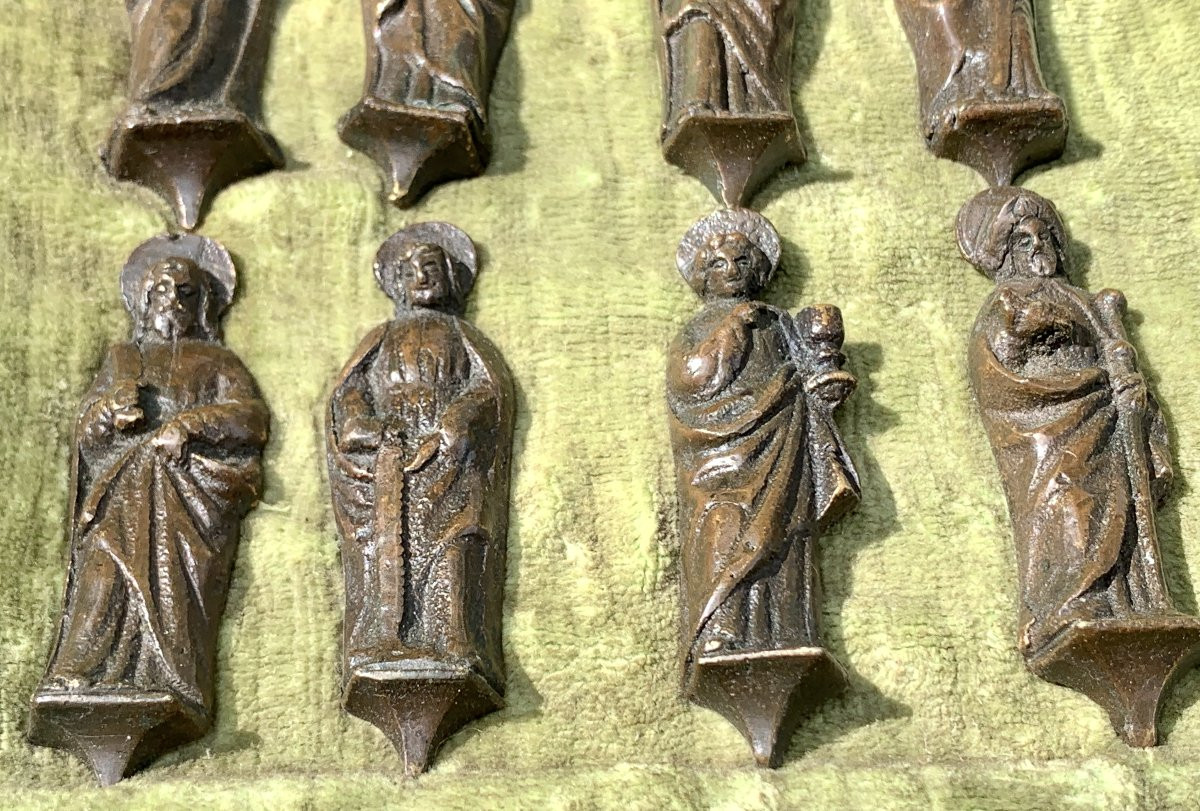
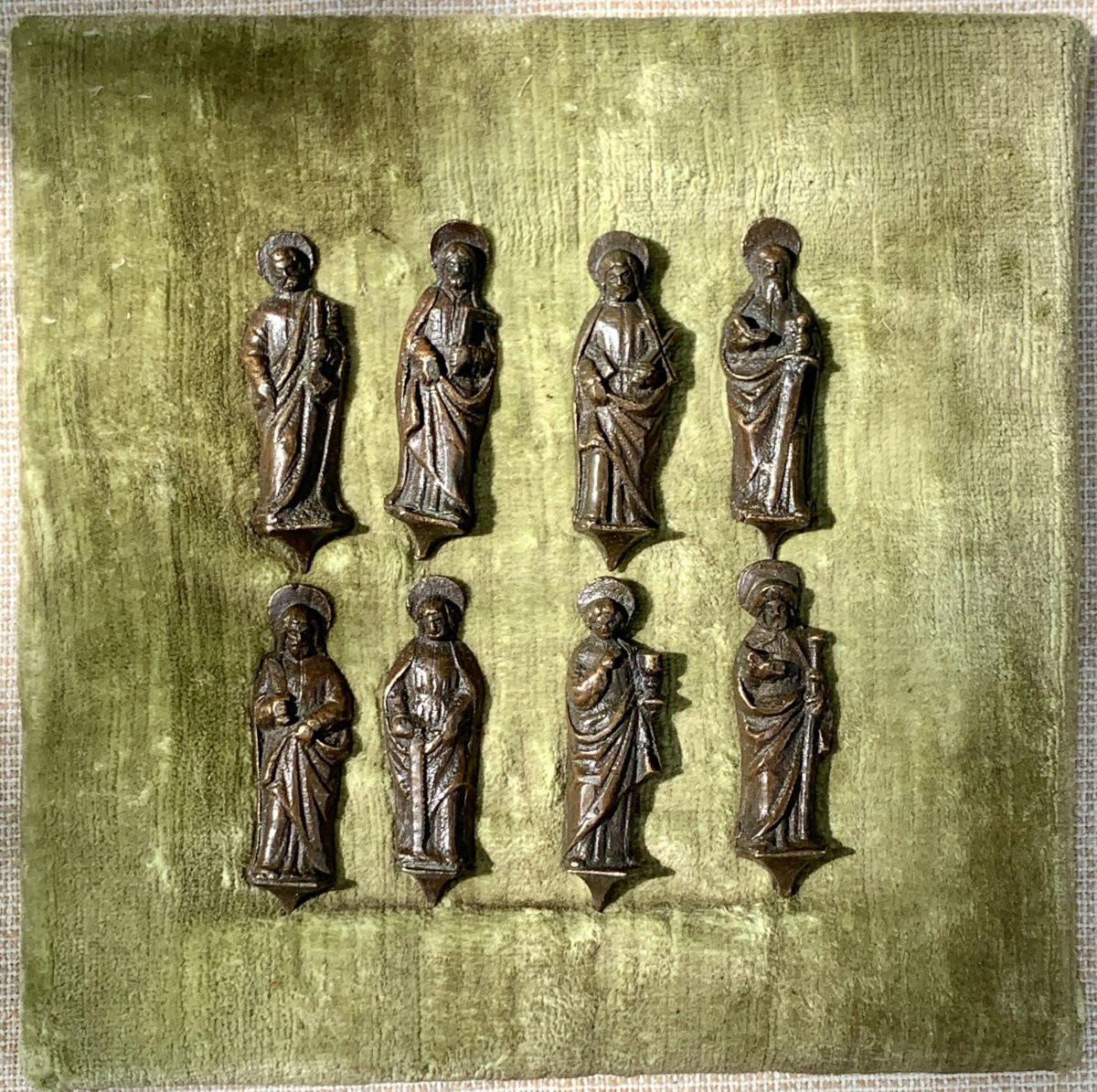
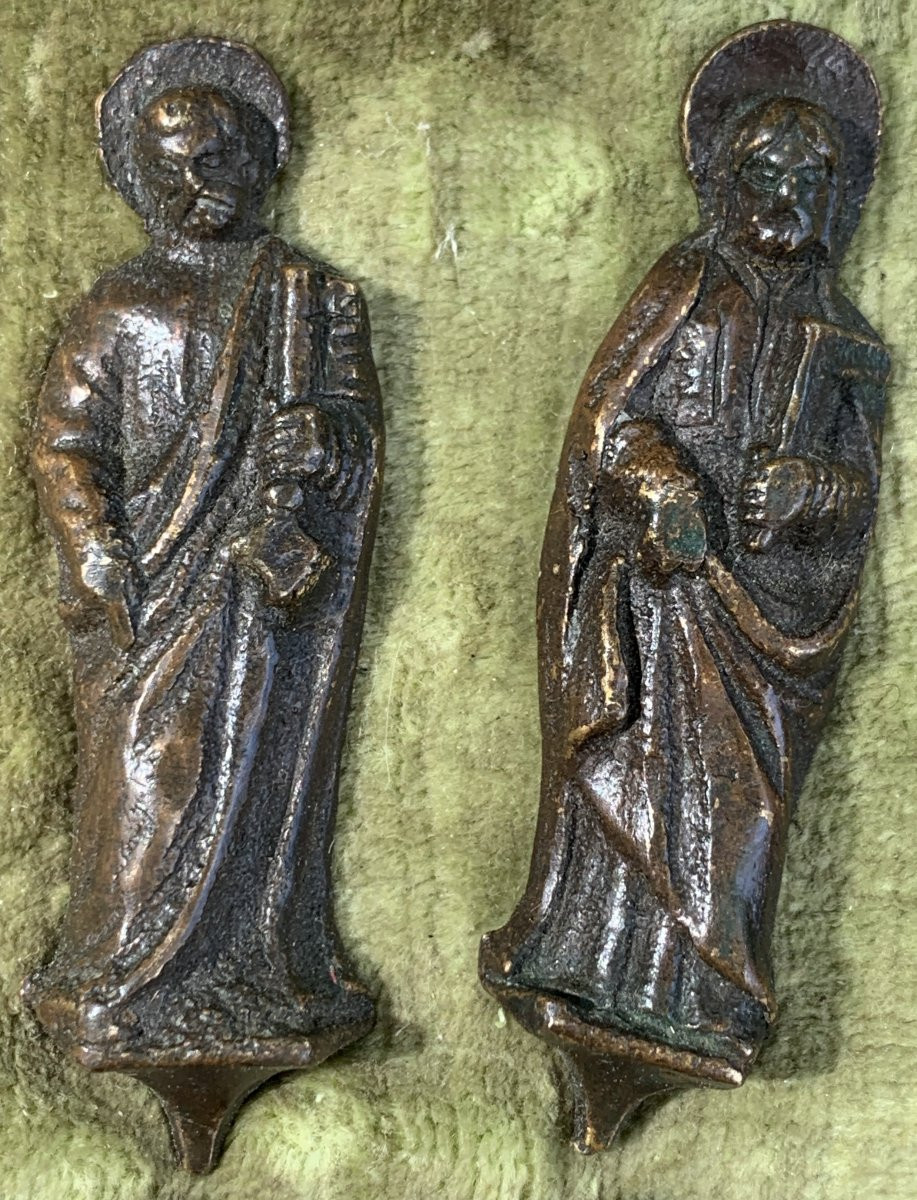





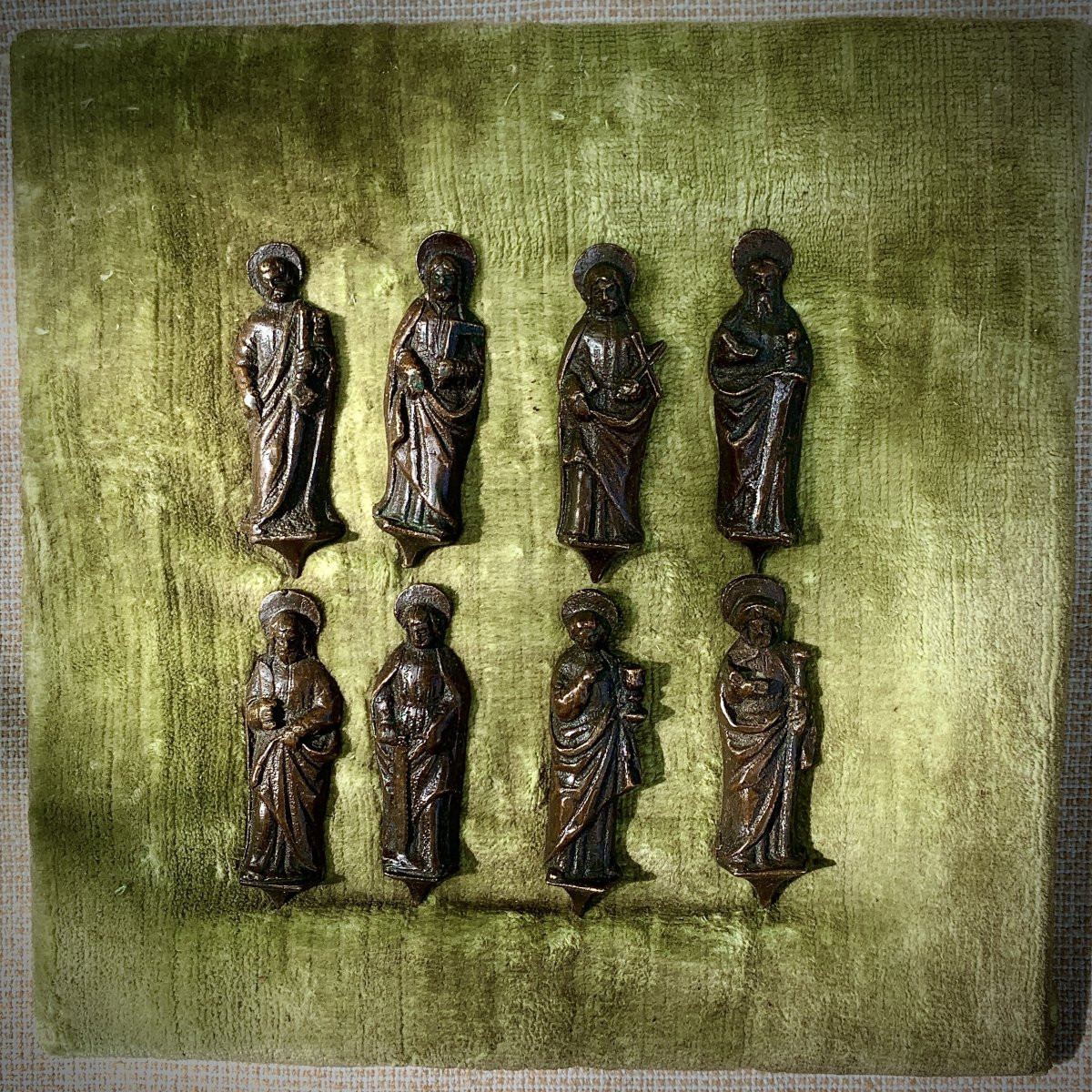
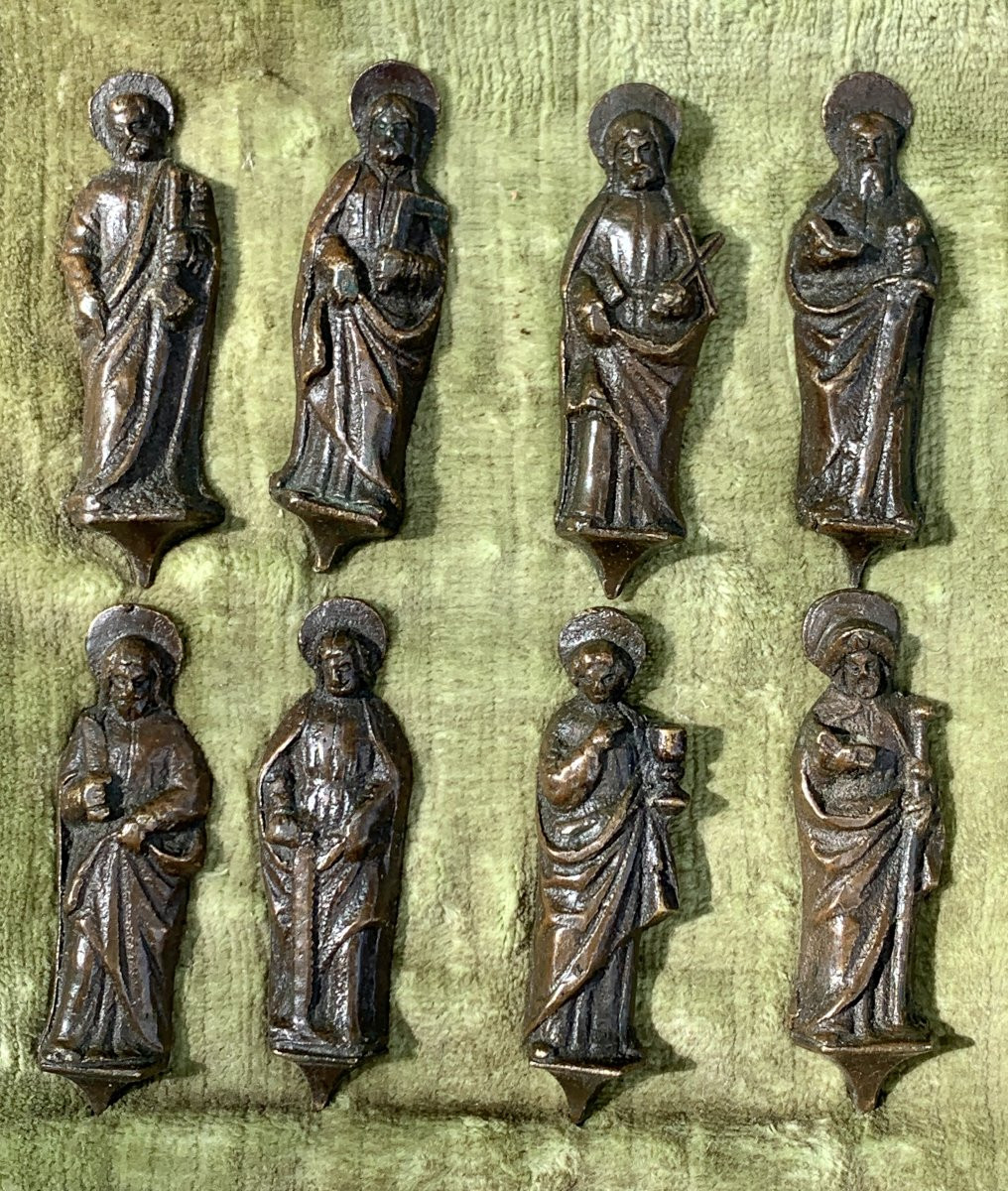

















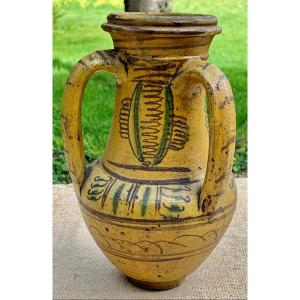
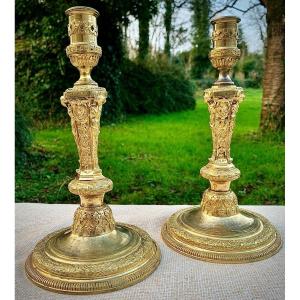

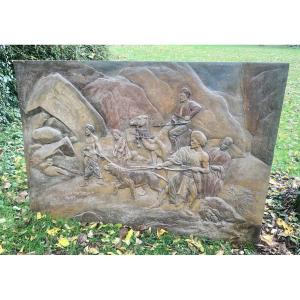
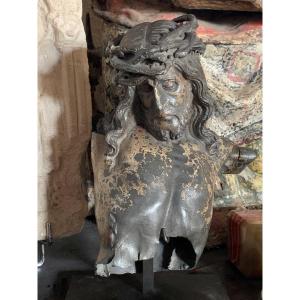
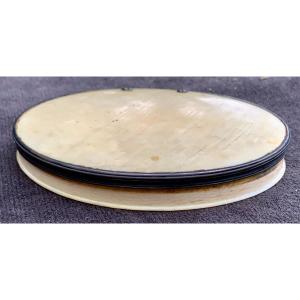
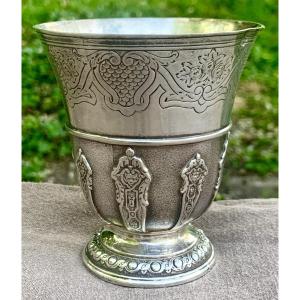
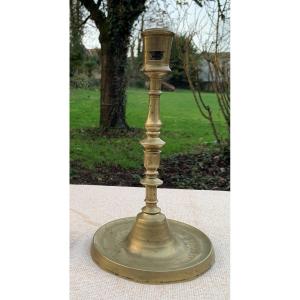











 Le Magazine de PROANTIC
Le Magazine de PROANTIC TRÉSORS Magazine
TRÉSORS Magazine Rivista Artiquariato
Rivista Artiquariato